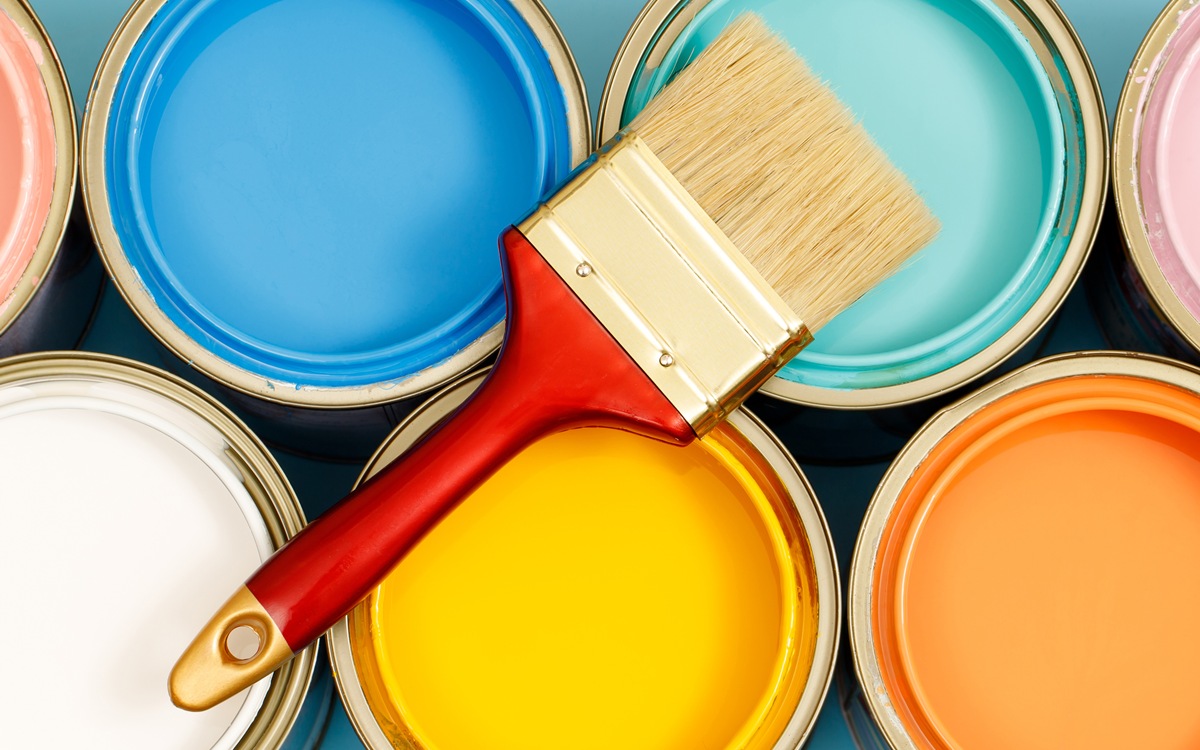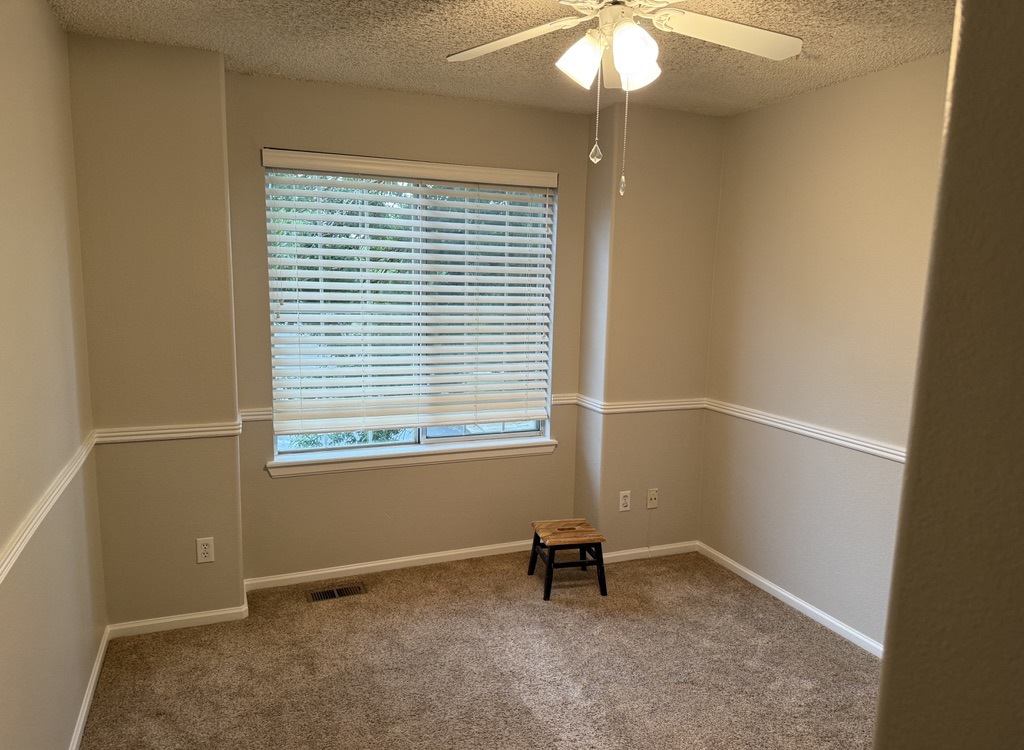If you’re planning an interior house painting project, you’re probably thinking about colors, finishes, and that fresh, clean look. But before you grab a brush or roller, there’s something every homeowner should know: the success of your project depends more on prep, primer, and technique than the paint itself. That’s why this post is packed with practical, science-backed painting tips for homeowners who want professional-looking results without the professional price tag.
Key Takeaways:

Why Prep Work Makes or Breaks Your Painting Project
Paint doesn’t magically fix a bad surface. Even high-end paint will fail if applied to dusty, oily, or uneven walls. Surface prep is the single most important step, and here’s why.
1. Clean Surfaces Help Paint Stick
Over time, walls collect dust, grease, and even mold. These create a barrier that prevents paint from bonding. A clean surface ensures better adhesion, which means longer-lasting results.
2. Repairs Prevent Visible Flaws
Small cracks, nail holes, or dings? These minor flaws become more obvious after painting. Spackle, sand, and smooth them out before you prime.
3. Sanding Isn’t Optional
Sanding helps remove gloss from old paint and roughens the surface slightly so new paint can grip. Think of it like sanding a surface before gluing. It makes a huge difference.
Primer: The Foundation of a Flawless Finish
Many homeowners think primer is optional. It’s not. Skipping primer can cause uneven color, blotchy finishes, and early peeling. Here’s what primer really does:
1. It Seals and Preps the Surface
Primer blocks stains, seals porous surfaces like drywall, and helps paint go on evenly.
2. It Improves Paint Color and Coverage
Primer creates a neutral base so your chosen color shows up true and vivid. Without it, you may need extra coats—costing more time and money.
3. It Helps Paint Stand Up to Everyday Wear
Primed surfaces resist wear and tear better. This means fewer touch-ups and less repainting in the long run.
Pro Tip: Always choose the right primer. For water stains or smoke damage, use a stain-blocking primer. For glossy surfaces, a bonding primer is your best friend.
Application: More Than Just Rolling Paint On
The way you apply paint affects not only how it looks, but how it wears over time. Here are science-backed tips every homeowner should know:
1. Use High-Quality Tools
Cheap brushes shed bristles and cheap rollers leave lint behind. Invest in good tools for a smoother, more professional finish.
2. Don’t Skip the Cutting-In
Cutting means painting the edges and corners with a brush before using a roller. This step ensures crisp lines and prevents lap marks.
3. Apply Two Thin Coats, Not One Thick One
Thick coats dry unevenly and are more prone to peeling. Two thin coats ensure better coverage and drying
4. Mind the Temperature and Humidity
Paint reacts to its environment. Too hot, and it dries too fast—leading to cracks. Too cold, and it won’t dry properly. Aim for 50°F to 85°F and moderate humidity.
5. Follow the W Pattern When Rolling
This method distributes paint evenly and prevents roller marks. Start in a “W” shape, then fill it in without lifting the roller.

Common Mistakes to Avoid
Let’s talk about what not to do during your interior house painting project:
❌ Skipping surface prep: Even the best paint can’t hide dirt or imperfections
❌ Using the wrong primer—or none at all
❌ Overloading the brush or roller: Causes drips and uneven texture
❌ Rushing the drying time between coats: Leads to smudging and weak adhesion
❌ Ignoring lighting: Poor lighting hides missed spots, so work during the day or use bright lights
How Long Can You Expect Your Paint to Last?
If you prep properly, use the right primer, and apply your paint correctly, interior walls can stay fresh for 5-10 years. Factors like room usage, sunlight, and moisture can affect this. Kitchens and bathrooms may need more frequent touch-ups due to steam and grease.
Choosing the Right Paint for Each Room
Different rooms have different needs. Here’s a quick guide:
👉 Kitchen: Use semi-gloss or satin for easy cleaning
👉 Bathroom: Moisture-resistant paint is a must
👉 Living Room: Eggshell or satin gives a warm, soft look
👉 Bedrooms: Matte or flat for a cozy, relaxed vibe
Bonus Tip: Use leftover primer and paint for touch-ups later—just store them in tightly sealed containers in a cool, dry place.
Why This Matters More Than You Think
Painting seems simple. But behind every flawless wall is a process backed by chemistry and physics. Prep ensures adhesion. Primer ensures coverage. Application determines longevity. If you rush or skip steps, you’re more likely to see peeling, streaking, or fading within months.
By understanding the science, you can:
When to Call in the Pros
Some jobs are DIY-friendly. Others are not. Call a professional if:
Need Help with Your Interior Painting Project?
Don’t leave your walls to chance. If you want flawless, lasting results backed by experience and precision, contact Elements Painting Inc. today. Our team knows the science behind every stroke—from prep and primer to final coat. Call us now at 720-806-6752 to schedule your in-home estimate and bring new life to your space.

